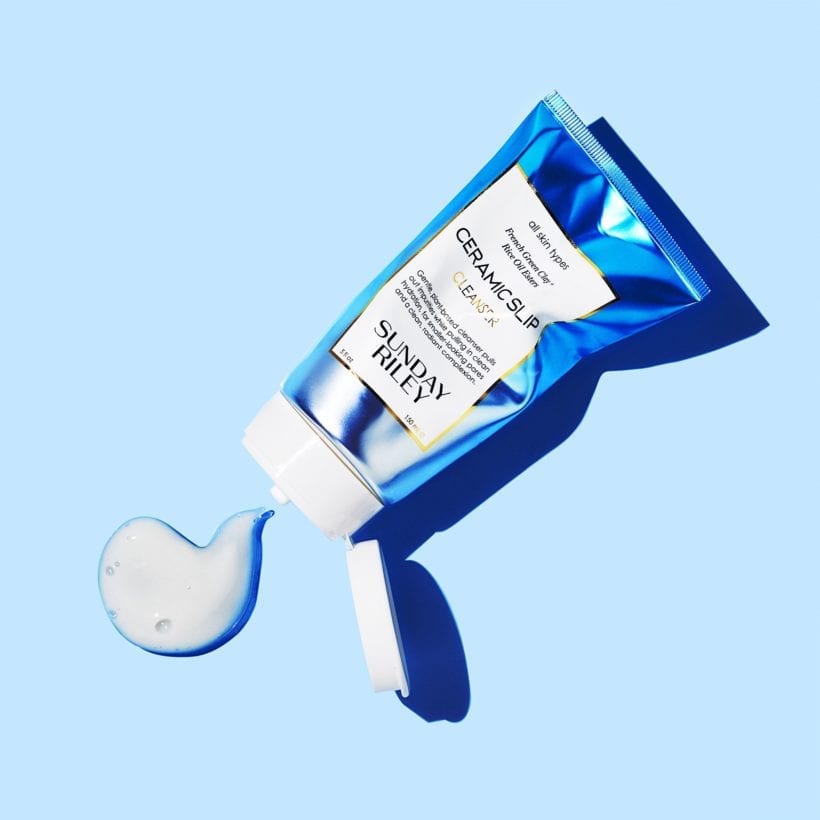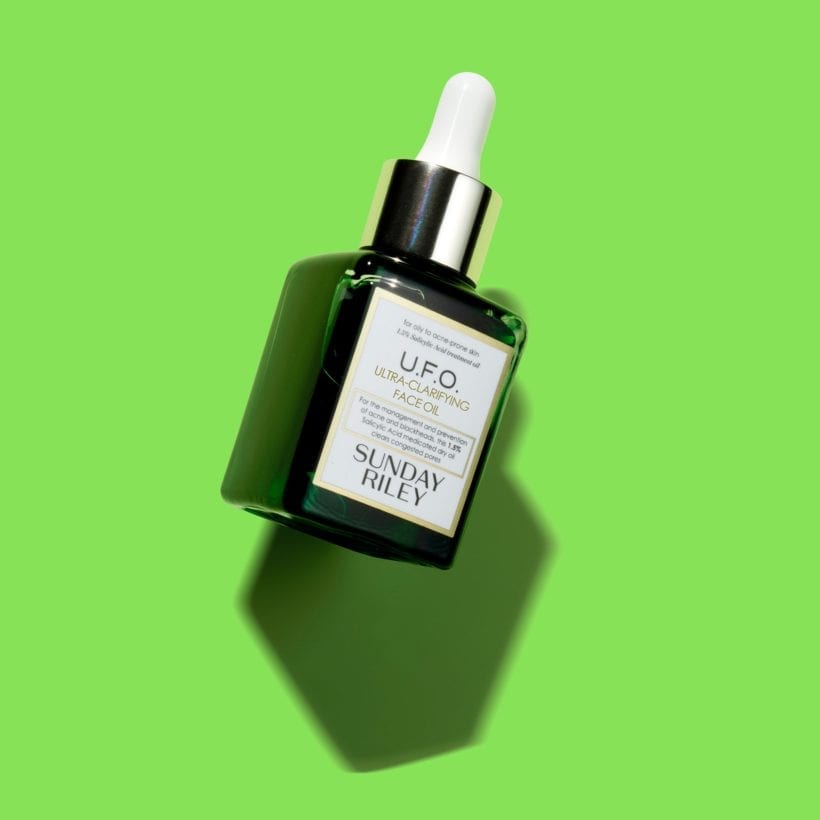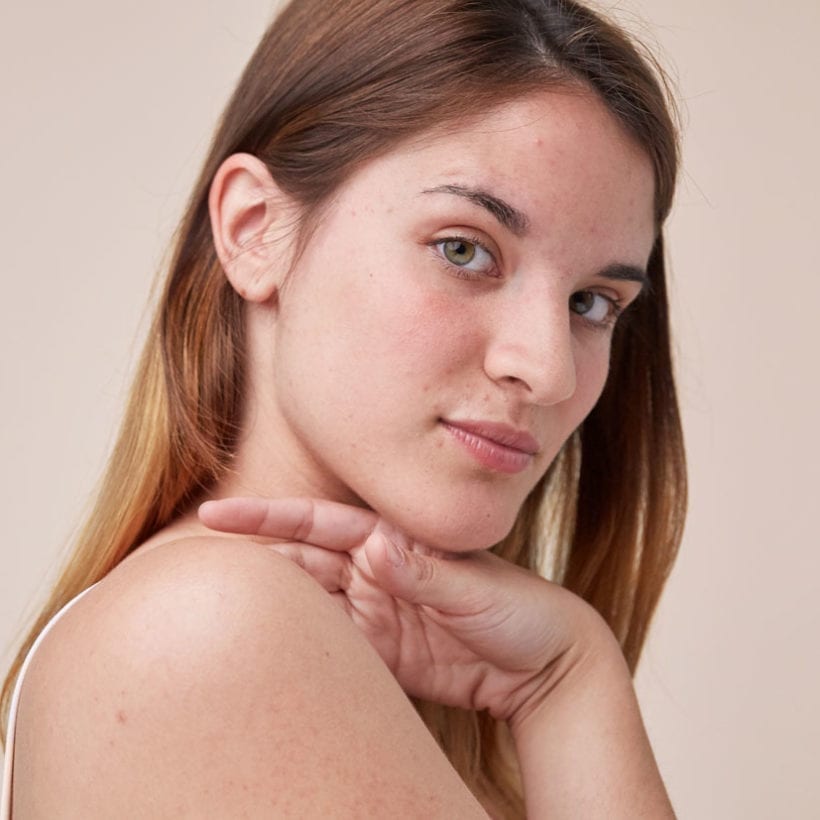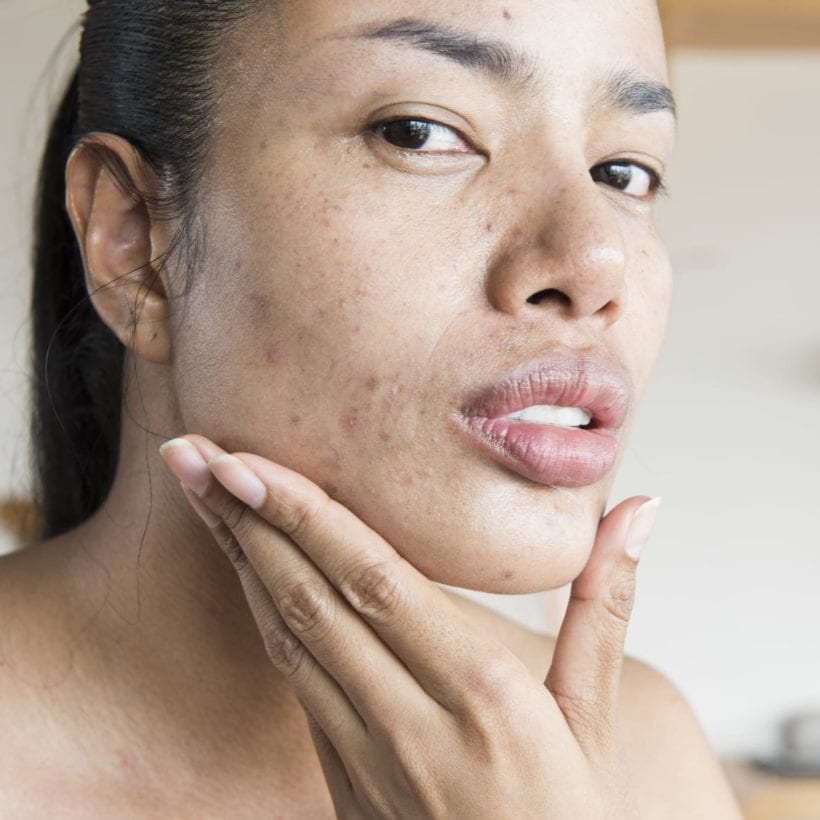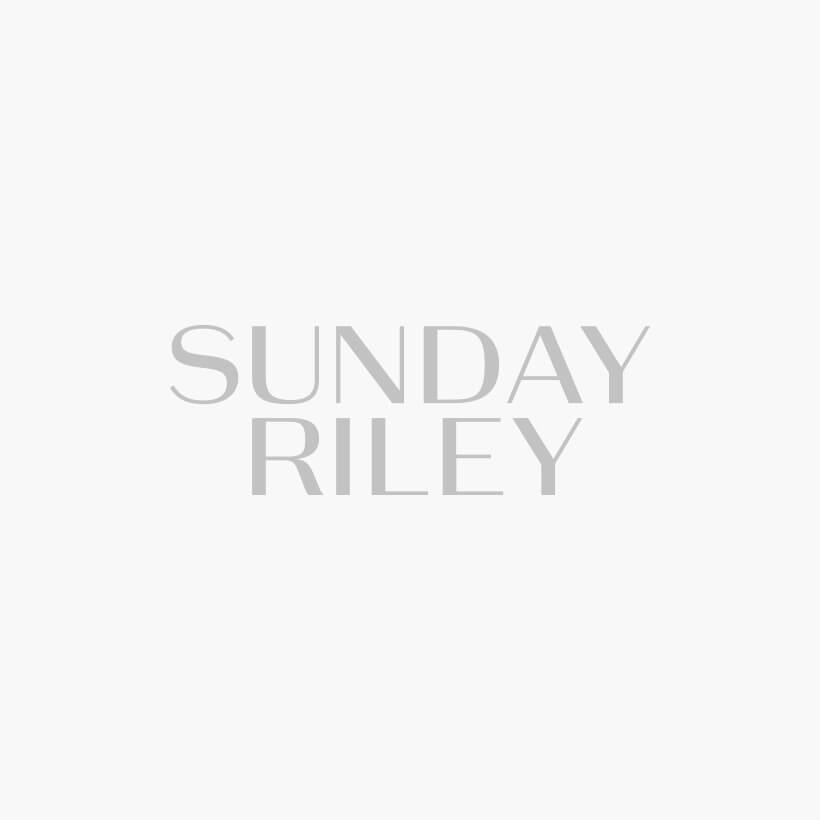Having bangs was practically a part of my DNA for the first 25 years of my life. Beyond the sartorial reasons I had to try every shape in the book — from blunt to curtain — I felt like bangs were practical, too. For instance, I loved how I could simplify my makeup routine and skip doing my brows before going out since they were cloaked by bangs, anyway. My bangs were my statement piece.
But something they never warn you about when you’re getting bangs is that your skin type should be a factor in your decision. Sometimes I forgot about my forehead completely with my makeup routine and my skincare routine. Between that and laying on styling products to keep my bangs in place, it was a recipe for acne. If you’re already acne-prone, this could lead to greater issues.
“The skin on our scalp naturally produces oils to help keep hair and skin moisturized,” says Tiffany Libby, M.D., a board-certified dermatologist. These oils mix with the other oils found in hair products, and then travel down the face to clog the pores on the forehead, “which can lead to comedones and acne breakouts,” she says. The ingredients in most styling products are irritating to your skin and not designed to be sitting on your skin’s surface for long periods of time. Your in-shower products can even be further aggravating the issues: “Many people don’t realize it, but hair care products can leave a residue on the skin for hours, including your face and back, even after you rinse it off,” explains Dr. Iris Rubin, a dermatologist and the founder of the non-comedogenic hair care brand SEEN. This means that you might just have a potentially comedogenic product on your forehead after you shower, or it might be clinging to your bangs, towel, or even building up on your pillowcase, she says.
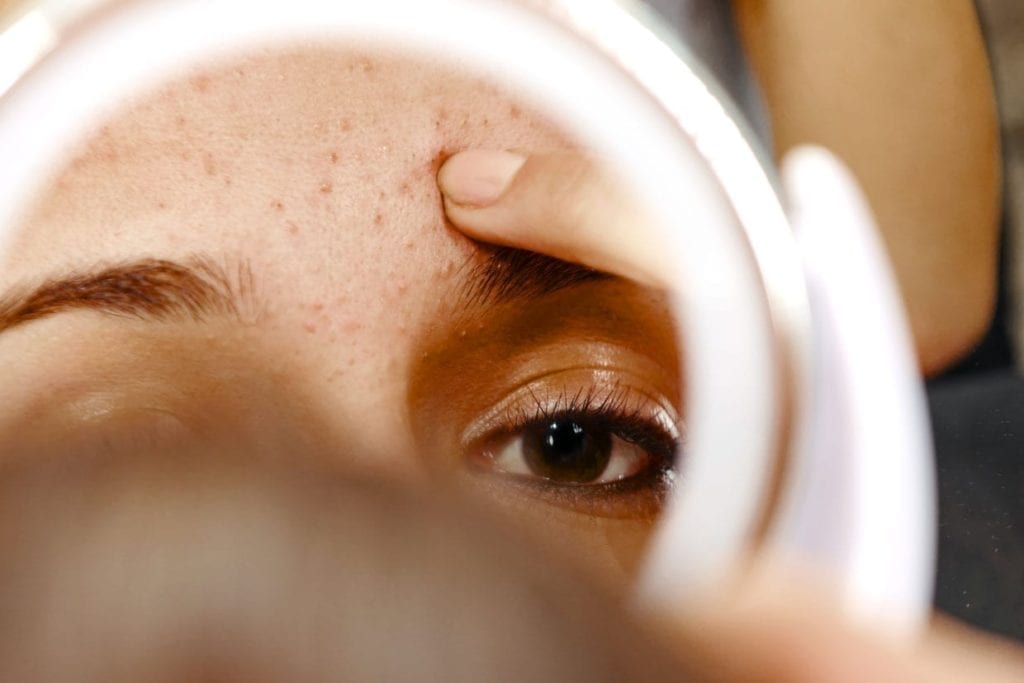
Pomade acne is an industry term used when you’re experiencing forehead acne from thicker, oil-based styling products, says Rubin. You might notice more acne on your scalp, too, with the increased use of styling products like dry shampoo. This is known as folliculitis. These bumps “are acne lesions that occur directly at the hair follicle site, and can be due to oil, sweat, and bacteria clogging pores and leading to inflammation,” says Libby.
P.S. If your acne is located all around your scalp, your first course of action is to regularly use a scalp exfoliator to deep clean any product buildup, dissolve excess oil, and create a healthy scalp microbiome.
How do you keep your bangs from breaking you out?
Before you do anything as drastic as growing out your bangs (which takes forever, anyway), there are solutions:
Wash your face after washing your hair: To help ensure your shampoos and conditioners are left behind on your facial skin in the shower, make sure your face wash is your last step. If you’re able, wash your hair upside down so your product residue doesn’t end up on your face or body.
Update your skincare routine: In addition to cleansing your skin daily, make sure you’re incorporating ingredients like salicylic acid and glycolic acid that will gently slough away dead skin, excess oil, and bacteria buildup. Concentrate on your T-zone where oil tends to build up the most.
Keep your bangs off your forehead when working out: Keep your hair out of the way with a headband, barrette, or scarf, especially when you’re working up a sweat to avoid clogging pores. It’s also a good idea to keep your bangs off your forehead while you’re sleeping so you don’t press your hair against your skin.
Carry cleansing wipes: Whenever your skin needs a refresh, “cleansing wipes help easily sweep away oil, sweat, and dirt that may accumulate on the forehead,” recommends Libby. Skin-balancing facial mists like the microbiome-boosting Sunday Riley Pink Drink will also gently resurface your skin and keep it healthy.
Be mindful of your hair care ingredients: Opt for non-comedogenic hair care if you think your styling routine is the root cause, which can be indicated by acne on the forehead, hairline, and scalp. “One easy way is to avoid pore-clogging or comedogenic products on your hair, ie. coconut oil, as these will inevitably travel down the hair shaft and transfer onto forehead and scalp to clog pores,” explains Libby. “Look for less oily or waxy products that are non-comedogenic”.
Just wash your bangs: If you don’t need to wash your whole head of hair, just wash your bangs with a little shampoo over the sink to remove any styling products. You may need to, anyway, if your bangs look a little wonky after keeping them swept away overnight.
We only recommend products we have independently researched, tested, and loved. If you purchase a product found through our links, Sunday Edit may earn an affiliate commission.

